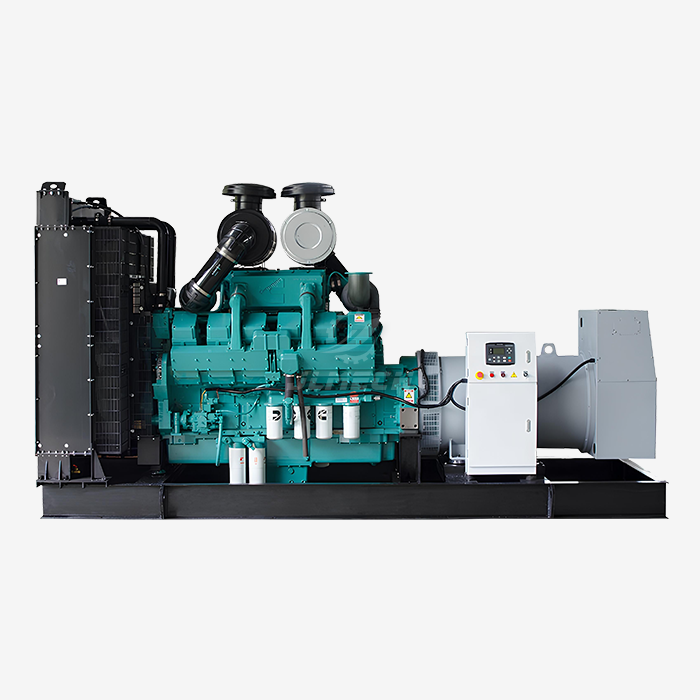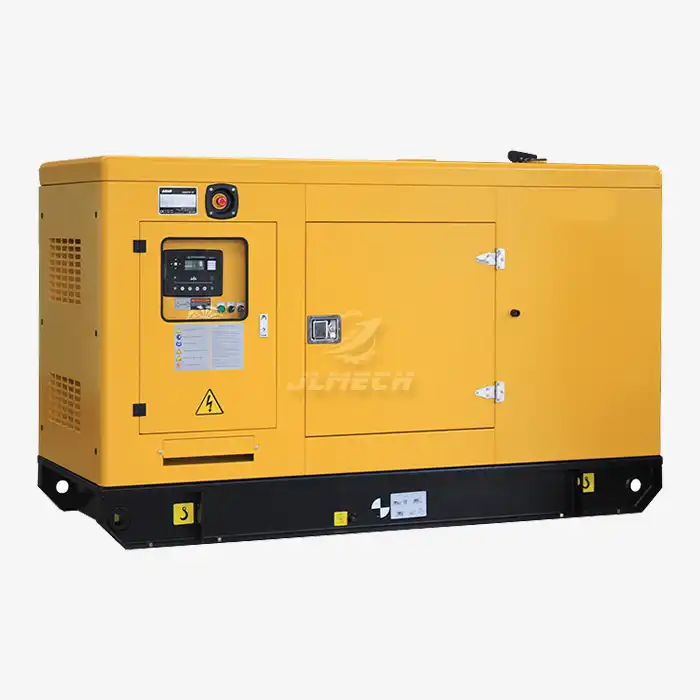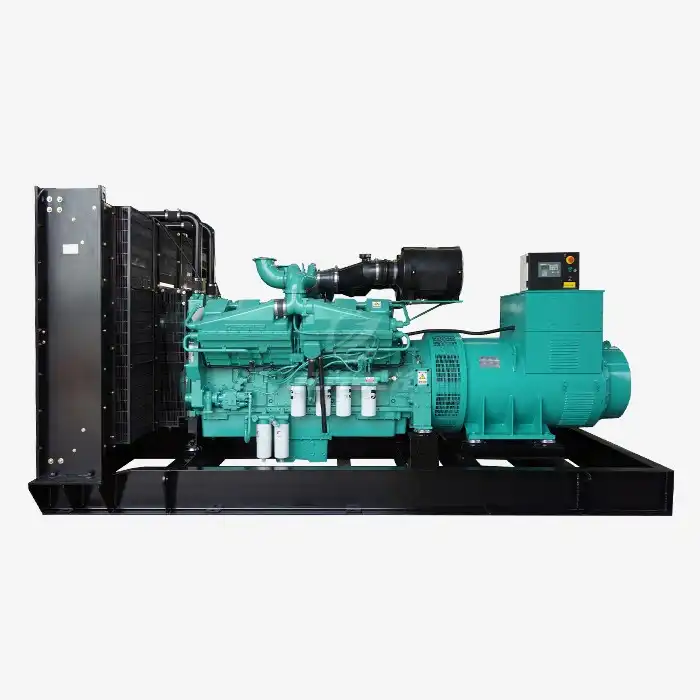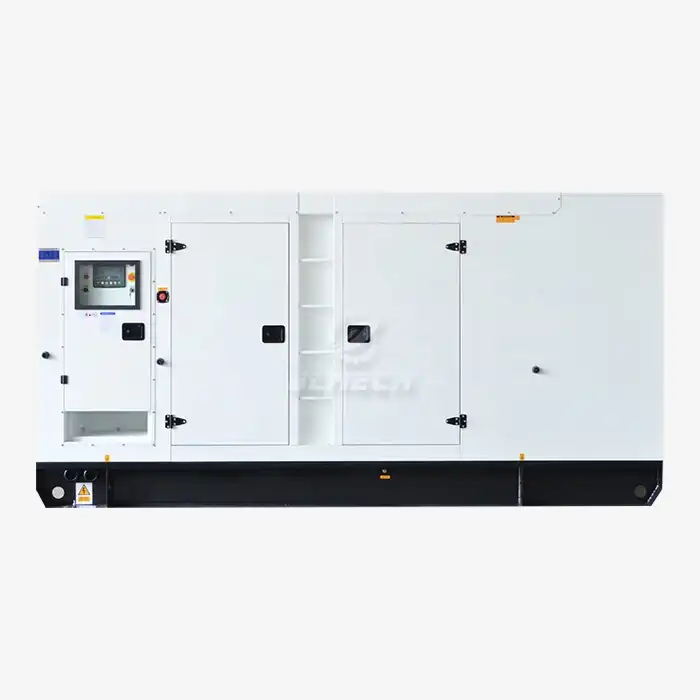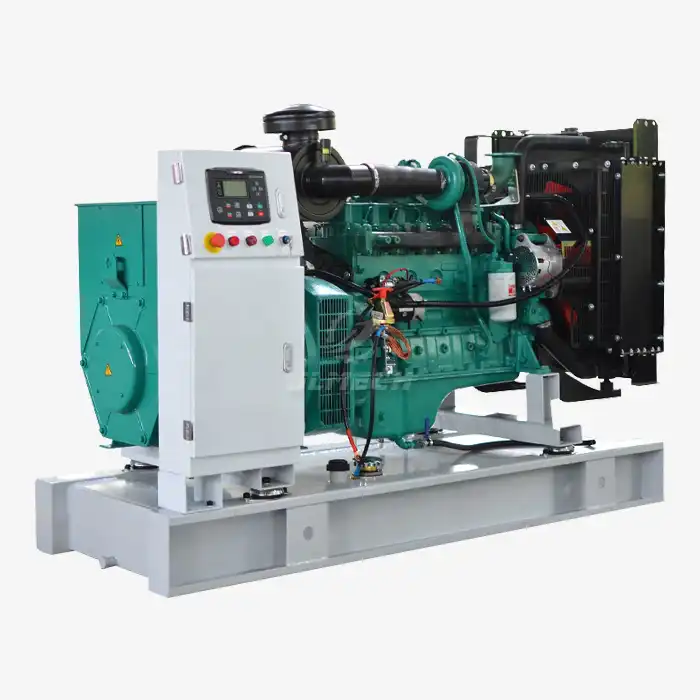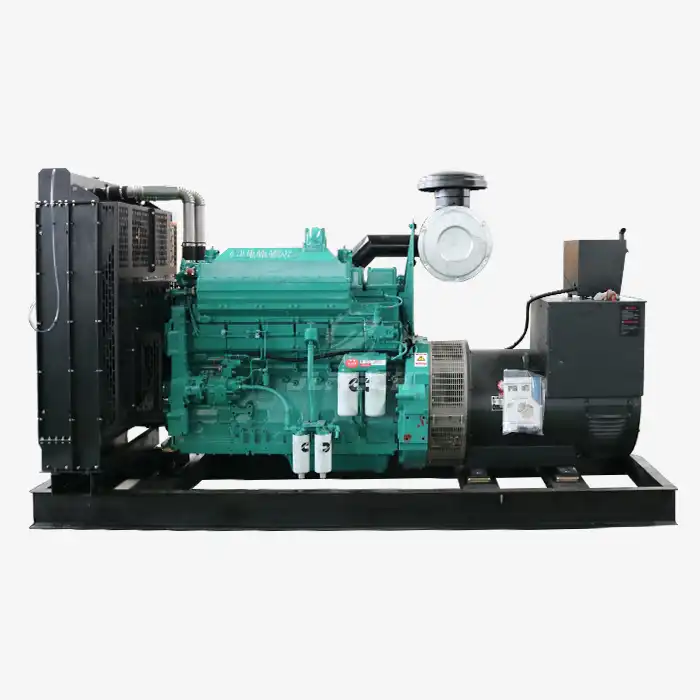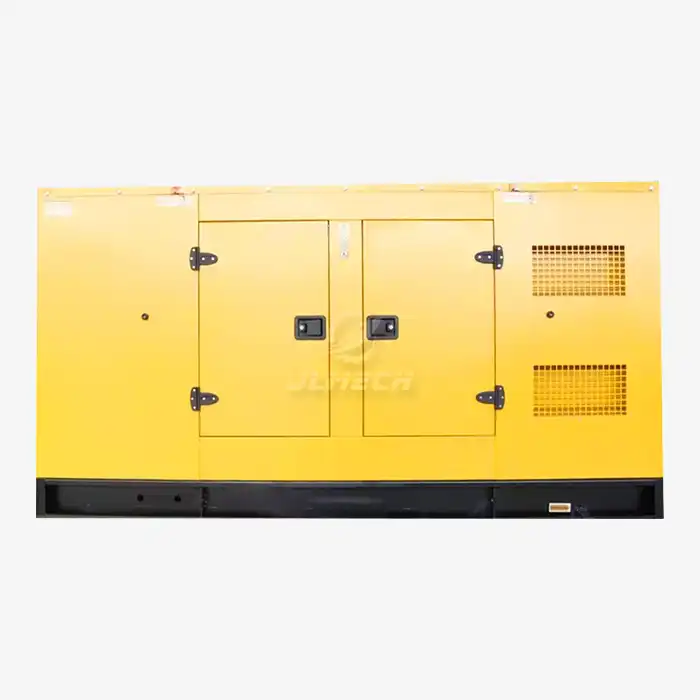Is it better to oversize a generator?
When planning your power backup solution, it’s natural to think that a larger generator is always safer. After all, no one wants to run short of power during an outage. However, while this mindset is understandable, the truth is that oversizing a commercial generator can often do more harm than good. Precision, not excess, is the key to reliability, efficiency, and cost-effectiveness. This is why correct commercial generator sizing matters from the very beginning.

The Downsides of Oversizing
Selecting a generator that is too large for your actual needs introduces several operational and financial risks:
Increased Capital Cost:
Larger generators come with higher price tags. Oversizing means paying for capacity you’ll never use, not just in the unit itself, but also in supporting infrastructure such as larger fuel tanks and heavier cabling.
Reduced Fuel Efficiency:
Diesel generators operating consistently below 30-40% of their rated load suffer from incomplete combustion. This leads to wasted fuel, higher operating expenses, and unnecessary carbon emissions.
Wet Stacking:
Persistent under-loading causes unburned fuel to accumulate in the exhaust system. This phenomenon, known as wet stacking, results in smoky exhaust, degraded performance, accelerated component wear, and potentially voided warranties.
More Frequent Maintenance:
Conditions like wet stacking and carbon build-up force more frequent oil changes, filter replacements, and exhaust system cleanings—increasing your lifetime cost of ownership.
Space and Regulatory Issues:
An unnecessarily large unit consumes more space and may lead to complications with local emissions and noise regulations.
The Right-Sized Choice
Opting for a correctly sized generator isn't about cutting corners—it's about optimizing performance and value. Benefits include:
Cost Savings:
Right-sized generators lower initial investment and operating costs, providing better ROI.
Improved Reliability:
Operating within optimal load range (typically 60-80%) promotes complete combustion, reduces maintenance issues, and extends engine life.
Enhanced Efficiency:
The generator runs at peak fuel efficiency, reducing waste and environmental impact.
Easier Compliance:
Units that run as designed are less likely to encounter regulatory issues related to emissions or noise.
A well-planned commercial generator sizing strategy is fundamental to achieving these advantages.
How to Correctly Size a Generator
Proper sizing requires a structured approach:
Conduct a Detailed Load Audit:
Identify all equipment to be backed up. Distinguish between critical and non-critical loads. Calculate both running and starting watts (accounting for motor startup surges).
Factor in Future Expansion:
Include a reasonable buffer (e.g., 15-25%) for future growth, but avoid excessive overcapacity.
Consult Professional Experts:
Engage with engineers who understand load dynamics, environmental conditions, and generator performance characteristics. Accurate commercial generator sizing requires experience and precision tools.
Review Manufacturer Guidelines:
Adhere to recommended operational load bands for your specific model to avoid under-loading.
Conclusion
While the intention behind oversizing a generator may be to ensure peace of mind, the practice often leads to higher costs, reduced efficiency, and operational issues. The smarter approach is to aim for precision—selecting a generator that matches your actual requirements with room for controlled growth.
At JLMECH, we specialize in delivering power solutions that are engineered for reliability and efficiency. Our team offers expert guidance to help you navigate the complexities of commercial generator sizing, ensuring you get a system that performs when it matters most.
Let our specialists assist you in selecting the ideal generator for your needs.
Email us at: skala@whjlmech.com to learn more about our tailored generator solutions and services.
References
National Fire Protection Association (NFPA). (2023). NFPA 110: Standard for Emergency and Standby Power Systems. Quincy, MA.
International Electrotechnical Commission (IEC). (2018). *IEC 60034-1: Rotating electrical machines - Part 1: Rating and performance*. Geneva, Switzerland.
Carter, J. R. (2021). Diesel Generator Set Sizing and Operational Best Practices. Power Engineering Journal, 39(2), 24-37.
Edwards, M. P., & Lawson, T. F. (2019). Avoiding Wet Stacking in Diesel Generators: A Guide for Facility Managers. Energy Systems Engineering, 15(4), 45-52.



